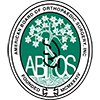The surface of our joints are made of cartilage, the nearly frictionless surface that allows for smooth motion of our joints such as the ankle joint. Cartilage injuries are common and can cause pain, swelling, stiffness, locking/catching, or even a sense of the ankle "giving way" and being unstable.
Cartilage injuries can vary in severity ranging from small cartilage "scuffs" to tearing of the cartilage to the formation of a large "divot" that involves both the cartilage surface and the supporting bone below.
There are numerous strategies (surgical and non-surgical) to address cartilage injuries. Dr. Anthony Yi underwent advanced training to address cartilage injuries. Explore some options below!
Non-surgical Management
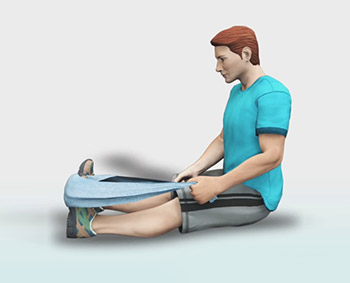
In almost all cases, non-surgical options should be exhausted prior to considering surgery. Non-surgical options can include: lifestyle modifications, physical therapy, bracing, medications (oral, topical/gel, injections) and more.
Biologics
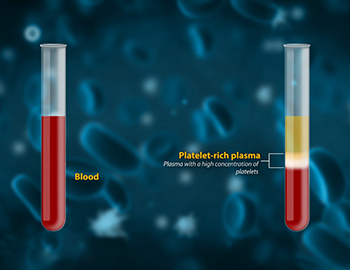
Biologics are an exciting, growing treatment option for cartilage injuries. Biologics are substances that enhance healing. There are several biologics that are effective in promoting healing of cartilage injuries.
There are many options that have been found to effectively decrease pain and increase function. One example is platelet rich plasma (PRP). PRP can be used in office or at the time of surgery as well. At Orthopedic Specialists of Seattle, we have the ability to prepare and administer PRP right in our office.
Ankle Arthroscopy with Debridement
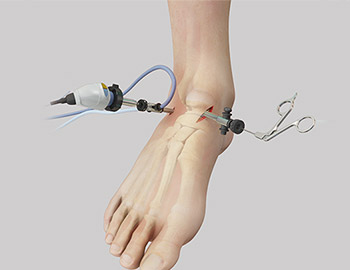 An example of ankle arthroscopy. The instrument on the left is the special camera and the instrument on the right is a probe. These are used to perform surgery through minimal incisions.
An example of ankle arthroscopy. The instrument on the left is the special camera and the instrument on the right is a probe. These are used to perform surgery through minimal incisions.
For minor cartilage injuries, a "clean-up" type procedure called "debridement" (smoothening over the surface of the cartilage) can be effective. Debridement can be performed via arthroscopy, during which special instruments and cameras are used to perform minimally invasive surgery (with limited, small incisions) that can minimize post-surgical recovery time, pain, and swelling.
Ankle Arthroscopy with Microfracture
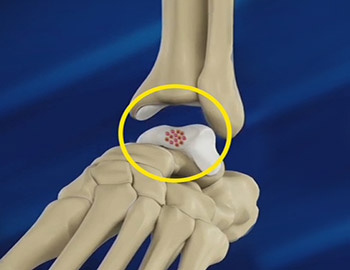
For certain cartilage lesions, a microfracture procedure (in addition to a "clean-up" type of procedure) can be effective. During microfracture (generally performed arthroscopically), special instruments are used to create small pores at the site of the cartilage injury. Bone marrow elements (which contain healing and growth factors) flow from inside the bone and into the area of cartilage injury to promote healing.
Graft Procedures
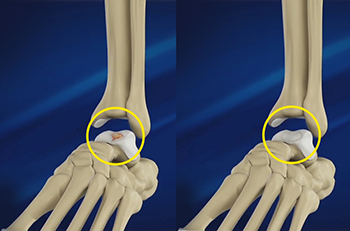 An example of an osteochondral graft ("osteo" = bone, "chondral" = cartilage; a graft that contains both cartilage and bone). The red arrow points to a graft that has been placed into an area of injury. The red dots outline the borders of the cartilage that sits on top of the talus bone (part of the ankle joint).
An example of an osteochondral graft ("osteo" = bone, "chondral" = cartilage; a graft that contains both cartilage and bone). The red arrow points to a graft that has been placed into an area of injury. The red dots outline the borders of the cartilage that sits on top of the talus bone (part of the ankle joint).
Certain cartilage injuries are best treated by replacing the damaged cartilage and part of the underlying bone. In certain situations, the best option is to use a graft (that contains both cartilage and the underlying supporting bone) from a different part of your body (such as the knee). In other situations, a graft from a cadaver donor is a highly effective option.








